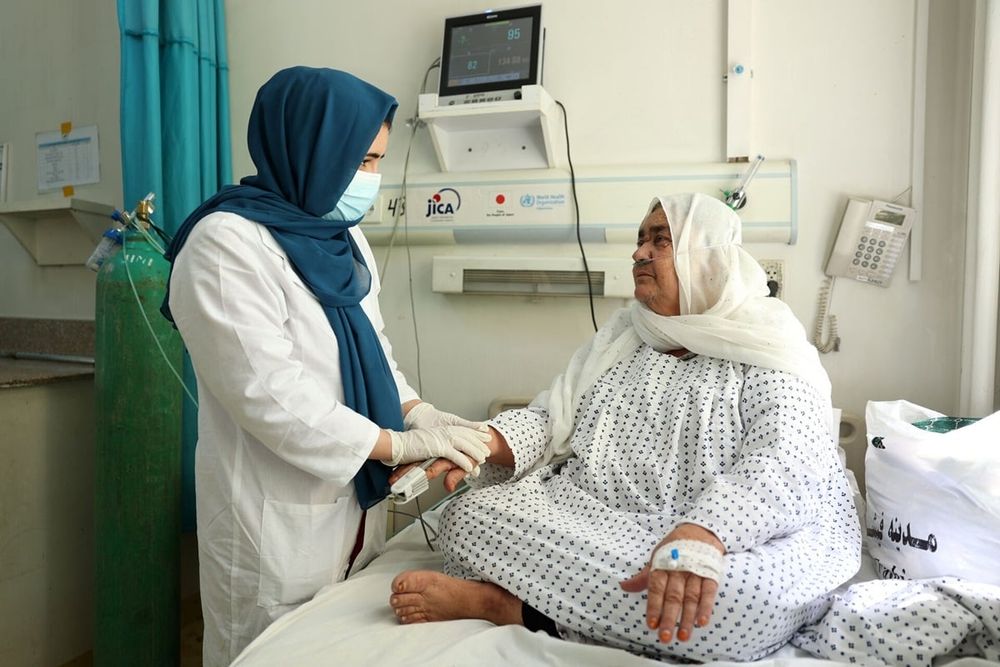Eliminate your opponents of course.
Recently, my friend @fernpizza.bsky.social showed how plasmids compete intracellularly (check out his paper published in Science today!). With @baym.lol, we now know they can fight.
www.biorxiv.org/content/10.1...

Eliminate your opponents of course.
Recently, my friend @fernpizza.bsky.social showed how plasmids compete intracellularly (check out his paper published in Science today!). With @baym.lol, we now know they can fight.
www.biorxiv.org/content/10.1...
I am very excited to finally share what has been the main focus of my PhD for the past almost 3 years! It is about viral dark matter and a powerful tool we built to shed light on it. 🧬💡
Continue reading (🧵)

I am very excited to finally share what has been the main focus of my PhD for the past almost 3 years! It is about viral dark matter and a powerful tool we built to shed light on it. 🧬💡
Continue reading (🧵)
www.science.org/doi/10.1126/...

www.science.org/doi/10.1126/...
We're excited for users who might train new models, find phenotype/genotype mismatches, or any other use
EMBL-EBI’s new AMR portal brings together laboratory resistance data and bacterial genomes in one open platform.
#WAAW2025 #ActOnAMR
www.ebi.ac.uk/about/news/t...
🧬💻

We're excited for users who might train new models, find phenotype/genotype mismatches, or any other use
Apply for a 4y funded MRC DiMeN position with me and Jamie Wheeler @livuni-ives.bsky.social www.findaphd.com/phds/project...

Apply for a 4y funded MRC DiMeN position with me and Jamie Wheeler @livuni-ives.bsky.social www.findaphd.com/phds/project...
Bacteria can “remember” past environments through genetic & biochemical imprints helping them adapt and thrive! 🦠🧠
#MicroSky
www.nature.com/articles/s41...

Bacteria can “remember” past environments through genetic & biochemical imprints helping them adapt and thrive! 🦠🧠
#MicroSky
www.nature.com/articles/s41...
academic.oup.com/nar/article/... 1/5

academic.oup.com/nar/article/... 1/5

@cp-trendsmicrobiol.bsky.social Spotlight by Kotaro Kiga and Rodrigo Ibarra-Chávez
www.cell.com/trends/micro...

@cp-trendsmicrobiol.bsky.social Spotlight by Kotaro Kiga and Rodrigo Ibarra-Chávez
www.cell.com/trends/micro...
Join our upcoming webinar series exploring long-read sequencing and modern bioinformatics in plasmid research and surveillance.
📅 24 Nov • 3 Dec • 15 Dec 2025
🔗 Register: escmid.org/esgmap
#ESCMID #ESGMAP

Join our upcoming webinar series exploring long-read sequencing and modern bioinformatics in plasmid research and surveillance.
📅 24 Nov • 3 Dec • 15 Dec 2025
🔗 Register: escmid.org/esgmap
#ESCMID #ESGMAP
www.nature.com/articles/s41...

www.nature.com/articles/s41...
Classifying Convergences in the Light of Horizontal Gene Transfer: Epaktovars and Xenotypes academic.oup.com/mbe/article/...

Classifying Convergences in the Light of Horizontal Gene Transfer: Epaktovars and Xenotypes academic.oup.com/mbe/article/...
www.pnas.org/doi/10.1073/...

www.pnas.org/doi/10.1073/...
Nicolás Rascovan & colleagues
@currentbiology.bsky.social

Nicolás Rascovan & colleagues
@currentbiology.bsky.social
academic.oup.com/nar/advance-...

academic.oup.com/nar/advance-...
Really looking forward to see what plasmid aficionados think of this one!!
With @asantoslopez.bsky.social @wfigueroac3.bsky.social Akshay Sabins and others
www.cell.com/cell-reports...

Really looking forward to see what plasmid aficionados think of this one!!
With @asantoslopez.bsky.social @wfigueroac3.bsky.social Akshay Sabins and others
www.cell.com/cell-reports...
@mkrupovic.bsky.social @deemteam.bsky.social @anagtz.bsky.social
www.nature.com/articles/s41...

@mkrupovic.bsky.social @deemteam.bsky.social @anagtz.bsky.social
www.nature.com/articles/s41...

www.who.int/news/item/13...

www.who.int/news/item/13...
In oysters, some stay identical for years.
With >1,200 phages & 600 Vibrio genomes, we reveal long-term stability and new mobile elements.
Proud of this collaborative work across our teams (Roscoff-UdeM and @epcrocha.bsky.social www.biorxiv.org/cgi/content/...

In oysters, some stay identical for years.
With >1,200 phages & 600 Vibrio genomes, we reveal long-term stability and new mobile elements.
Proud of this collaborative work across our teams (Roscoff-UdeM and @epcrocha.bsky.social www.biorxiv.org/cgi/content/...
www.nature.com/articles/s41...

www.nature.com/articles/s41...
Kévin Macé and colleagues summarize recent structural insights into the assembly and function of bacterial type IV secretion systems
www.embopress.org/doi/full/10....

Kévin Macé and colleagues summarize recent structural insights into the assembly and function of bacterial type IV secretion systems
www.embopress.org/doi/full/10....


